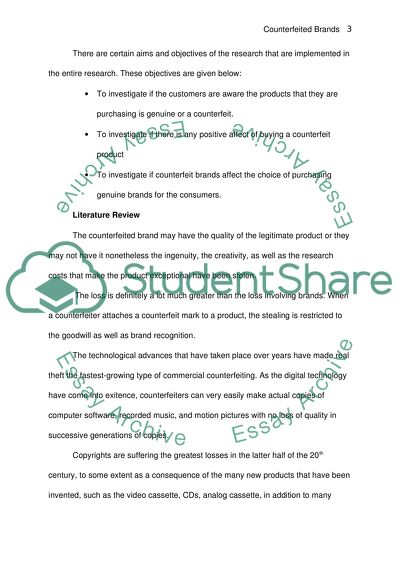Cite this document
(“Counterfeited Brands Essay Example | Topics and Well Written Essays - 3000 words”, n.d.)
Retrieved from https://studentshare.org/literature/1423633-counterfeited-brands
Retrieved from https://studentshare.org/literature/1423633-counterfeited-brands
(Counterfeited Brands Essay Example | Topics and Well Written Essays - 3000 Words)
https://studentshare.org/literature/1423633-counterfeited-brands.
https://studentshare.org/literature/1423633-counterfeited-brands.
“Counterfeited Brands Essay Example | Topics and Well Written Essays - 3000 Words”, n.d. https://studentshare.org/literature/1423633-counterfeited-brands.


